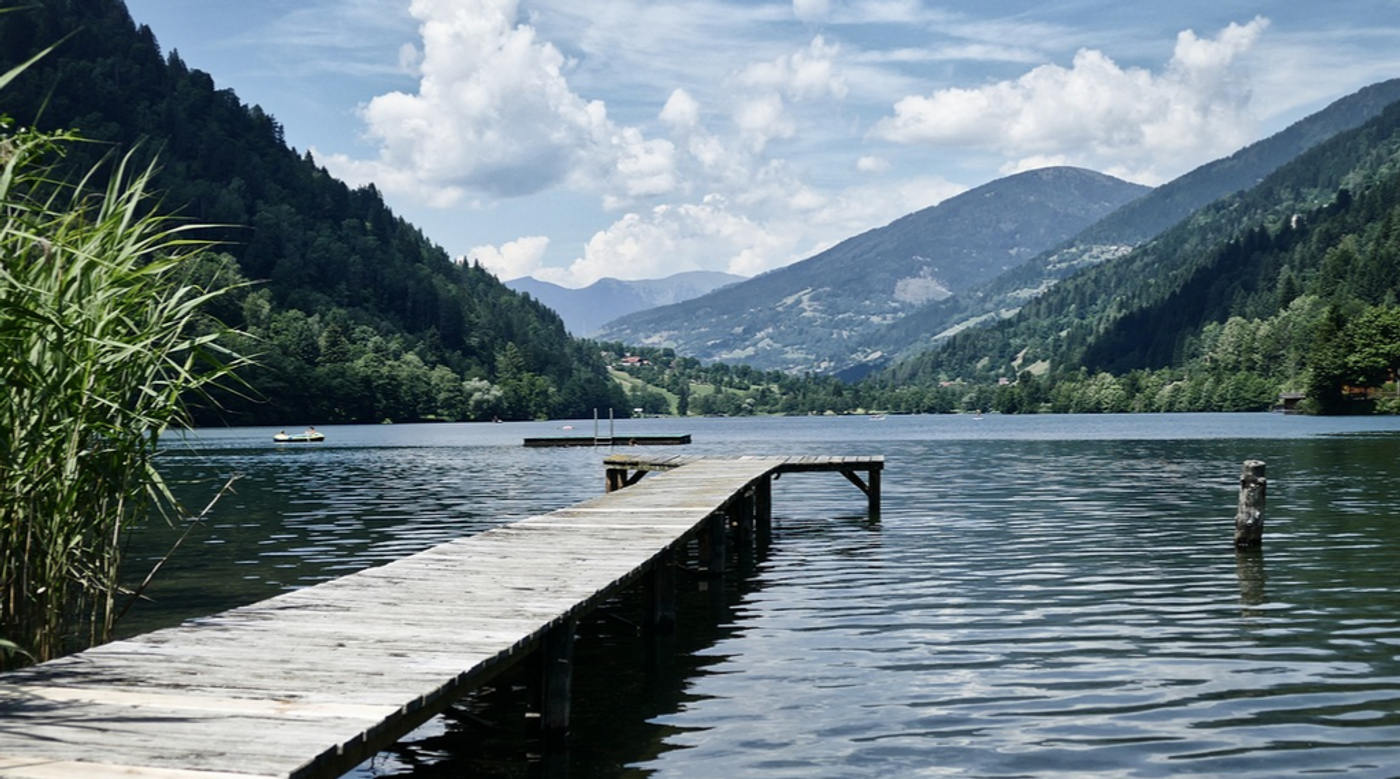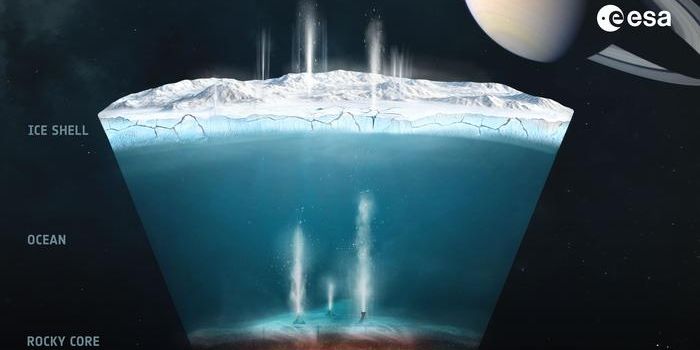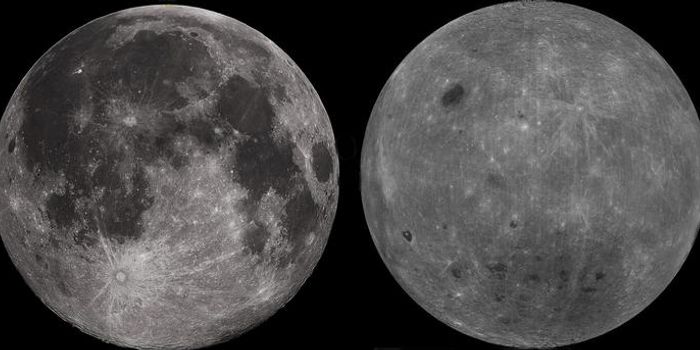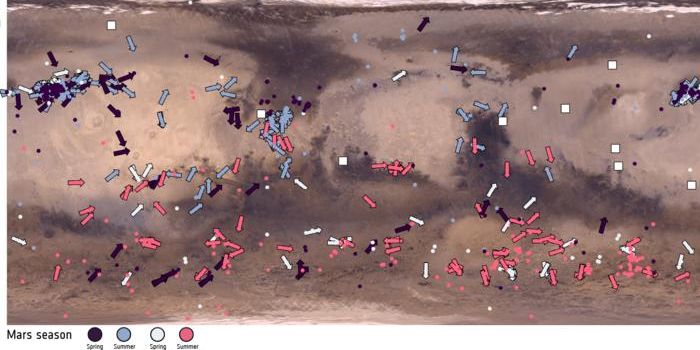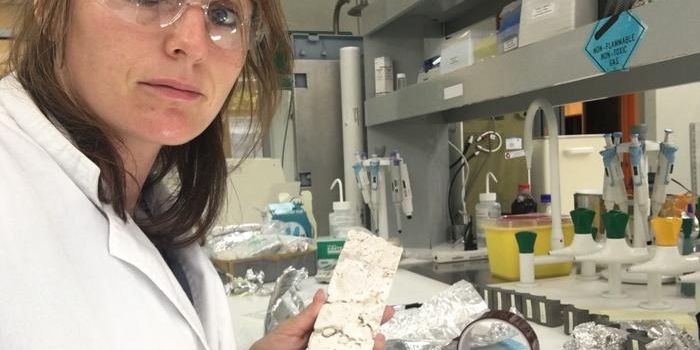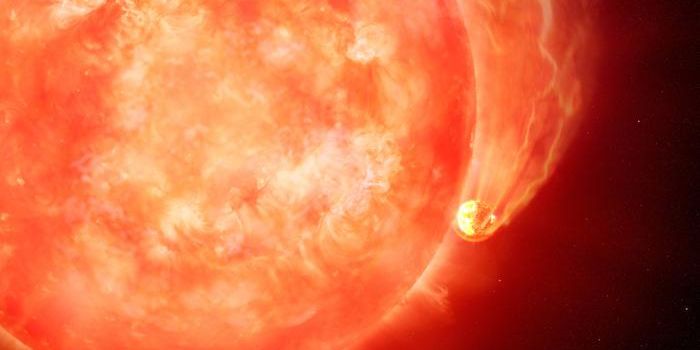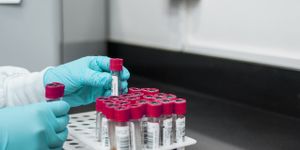Inland Waters are Losing Oxygen
Inland waters, which include streams, rivers, lakes, and reservoirs, are crucial to the health of our planet and different biochemical and nutrient cycles. Life is also sustained by oxygen, and this vital chemical has an influence on many things including a variety of biological processes and water quality. Inland waters can also take up oxygen; it can dissolve it water and then be released back into the atmosphere. But a new study reported in Science Advances has highlighted the detrimental impact that human activities are having on the health of inland waters. This research has shown that inland waters produce and use oxygen in ways that have changed significantly since 1900.
Low oxygen levels are known as hypoxia, and in water, hypoxia can cause serious damage to coastal and freshwater ecosystems. These conditions can kill fish, ruin water quality, and disturb the food web not only locally but also around the world.
This study has outlined the oxygen cycling that happens worldwide in inland waters. "With this model, we offer the most complete possible understanding of this cycle on a large scale, so that one can see oxygen-related problems coming, get to know the causes, and hopefully intervene in time," said study co-author Jack Middelburg of Utrecht University.
The amount of oxygen that is produced and consumed worldwide, so-called oxygen turnover, has increased in inland waters. But, these waters now consume more oxygen than they generate, which makes them a place where atmospheric oxygen is absorbed – a sink.
"More farming, more wastewater, more dams, and a warmer climate – they all change how our freshwater ecosystems function," said study co-author Junjie Wang. With more nutrients flowing into rivers, lakes and reservoirs, algae grow faster, but when they die and decompose, they use up huge amounts of oxygen.
"We found that the main causes lay in these direct human activities. First, it turns out that nutrient input through, for example, over-fertilization, is a major driver of this acceleration. Secondly, the longer travel time of freshwater to the sea through the construction of dams and reservoirs has proven to be just as important," added Middelburg.
Human activities and the burning of fossil fuels continue to drive climate change, and as global temperatures rise, oxygen is less able to dishevel in water. This slows transport in the water column, and the processes that consume oxygen start to accelerate.
It has been thought that temperature rises are the primary cause of this acceleration, but this model suggeted warming is only responsible for about 10 to 20% of this phenomenon, noted Wang.
This is in sharp contrast to what was happening with inland waters around 1900. Middleburg added that inland waters now remove almost one billion tons of atmospheric oxygen annually, which is also more than half of what is put back into the atmosphere by the ocean.
It's time to stop disregarding these waters in global climate and oxygen budgets, Wang said. "They're changing faster than we thought, and they're crucial pieces of the Earth system puzzle.
Sources: Utrecht University, Science Advances
